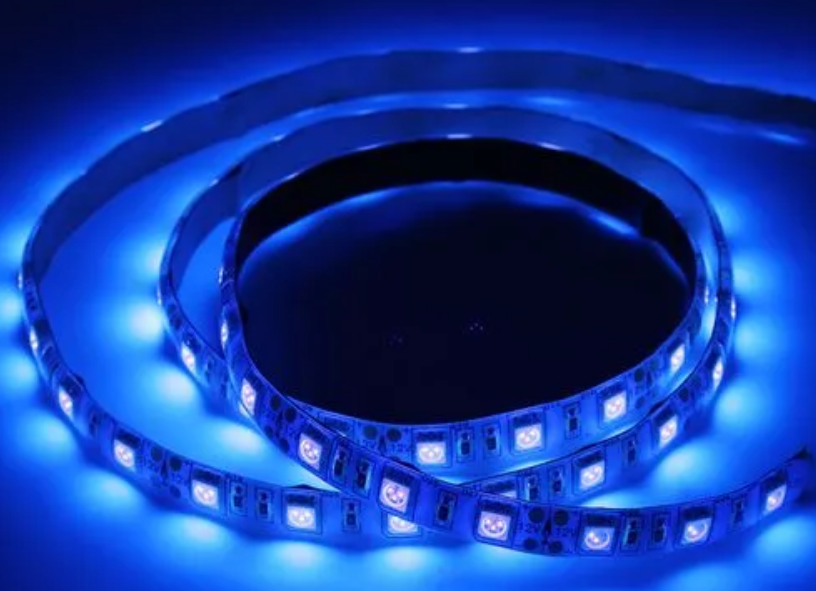Therefore, it is essential to be aware of the power aspects related to LED Strip lights-individually or when you buy in bulk from led strip lights wholesale. Today, we are going to show you the translation of voltage-current-wattage and how they affect your input/output cost during LED strip lightnings installation & keeping in mind their expense table per product.
Voltage Requirements 12V vs.
Standard Voltage Options
LED Strip Lights are generally available in two voltage options i.e. 12 volts (12V) and 24 volts (24V). The Voltpamu( Call for Installation ) is based on the length of installation and state / city. It is quite common to use 12V strips for shorter runs (e.g. under cabinet lighting in a kitchen). 24V strips are preferable for longer runs, such as accent lighting in commercial spaces since not only they have two times the power density but also suffer less voltage drop over long distances.
Benefits of Higher Voltage
24V LED strip lights if used require less current, which in turn means reduced heat dissipation along the length of the strip. This can be especially helpful in reducing the life and strength of the LEDs.
Current & Wattage: Total Demand Calculation
Explanation of Watt per Meter
When it comes to LED strip lights you'll often see them being marketed with a wattage rating per meter. This number is crucial for calculating the total power supply required. For instance, if a strip drew 14 watts per meter and you are installing it over the desired distance of 10 meters so then your overall power demand would be around about 140 watts. You need to check if your power supply can handle this load, else the things might overheat and catch fire!
Calculating Amperage
To calculate the amperage of LED strip lights, take your total wattage divided by voltage Considering the 140 watts of power for a 12V system in our previous example, that means this device may draw about 11.67 amps It is used to determine required wiring gauge and also supply output power.
Power supplies - providing enough safe power
Power Supply Selection
It is a good idea to get a power supply that provides more than the necessary wattage as it will improve safety and efficiency. For example, a system that uses 140 watts would be well matched to a PSU rated for 160W or better This overhead gives a little wiggle room and protects the power supply from running at 100%, improving long-term life and reliability.

Powerful Power Distribution
When light acts as a single continuous source over an extended area, the proper balance of power supplies and electrical distribution will work to ensure consistent brightness levels while reducing voltage drop in your installation. A larger supply at the start may not be optimal, consider distributing a couple of small power supplies strategically along your LED strip.
Low Cost Management and Energy Efficiency
Energy Consumption Over Time
LED strip lights are famous for its energy-saving nature. That said, choosing strips with the appropriate power requirements to meet a specific need can help really take advantage of energy savings. When chasing high output, consider other alternatives such as more efficient LED chips or dimmable options to save power where full brightness is just not needed.
Cost ramification of power options
While you may experience higher initial setup costs for more efficient or higher voltage systems, your energy bill over time will be lower and along other operational expenses such as maintenance. So it is crucial to know the whole power dynamics when you buy from wholesalers.
And power requires which are necessary will be better understood by the buyers when they look into these finer details of a LED strip light. This all-encompassing method does not just make it easier to choose your purchase, but also brings out the superior effects of LED lighting solutions.